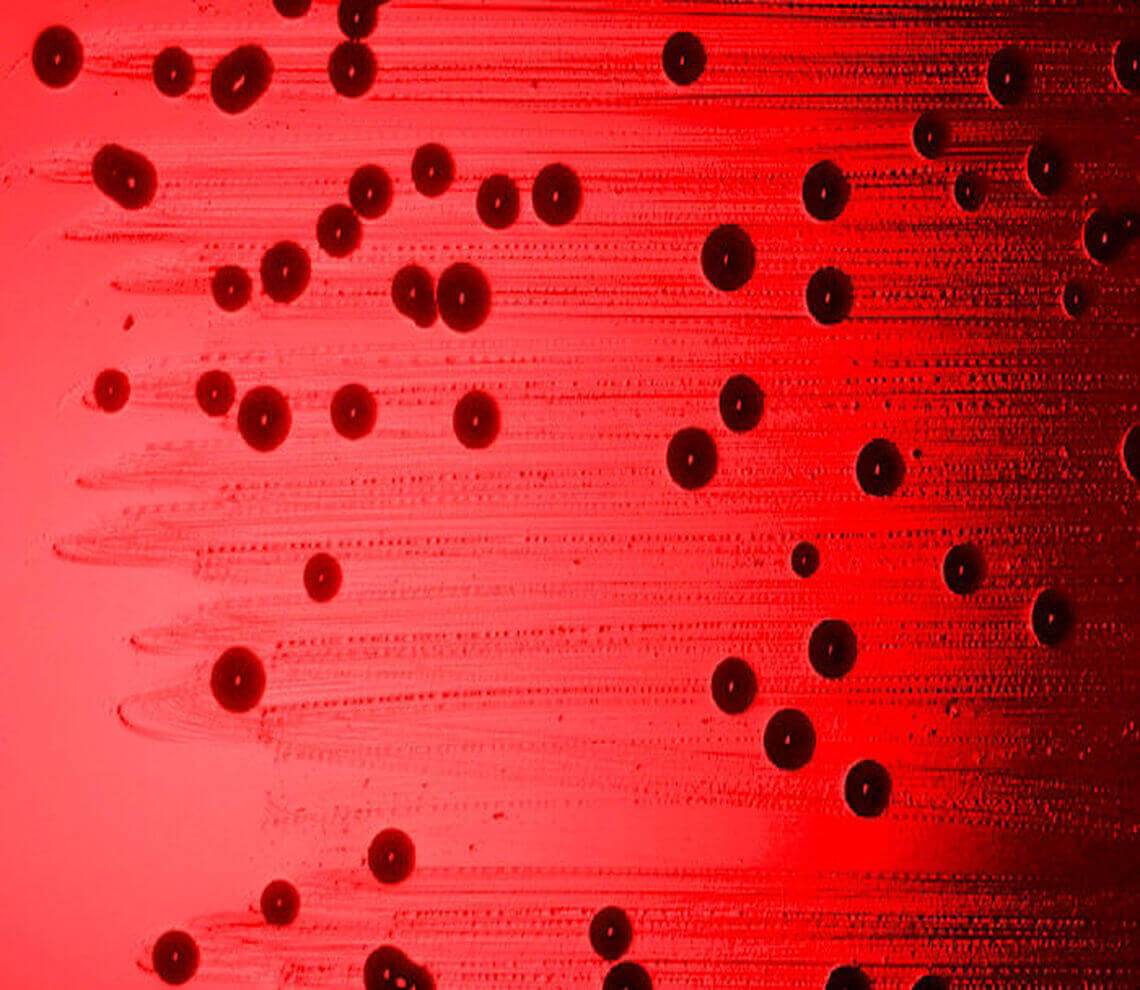- Our Suppliers
- MBS Monoclonals
- Mouse Anti-MT1 / CD43
Product short description
Price:
409 EUR
Size:
100ug
Catalog no.:
GEN570291
Product detailed description
Gene name
N/A
Gene name synonims
N/A
Other gene names
N/A
Concentration
N/A
Purification method
N/A
Clone
MT1
Other names
N/A
Immunoglobulin isotype
IgG1
Also known as
MT1 / CD43
Category
Antibodies
Clonality
Monoclonal
Latin name
Mus musculus
Subcategory
Mnoclonal antibodies
Host organism
Mouse (Mus musculus)
Tested applications:
Immunohistochemistry (IHC) (frozen), Immunohistochemistry (IHC) (paraffin), Western Blot (WB)
Form/Appearance
Each vial contains 100 ul 1 mg/ml purified monoclonal antibody in PBS containing 0.09% sodium azide.
Storage and shipping
Store the antibody at +4 degrees Celsius., or in small aliquots the antibody should be stored at -20 degrees Celsius..
Description
This antibody needs to be stored at + 4°C in a fridge short term in a concentrated dilution. Freeze thaw will destroy a percentage in every cycle and should be avoided.
Species reactivity
Human (Homo sapiens); Due to limited knowledge and inability for testing each and every species, the reactivity of the antibody may extend to other species which are not listed hereby.
Test
Mouse or mice from the Mus musculus species are used for production of mouse monoclonal antibodies or mabs and as research model for humans in your lab. Mouse are mature after 40 days for females and 55 days for males. The female mice are pregnant only 20 days and can give birth to 10 litters of 6-8 mice a year. Transgenic, knock-out, congenic and inbread strains are known for C57BL/6, A/J, BALB/c, SCID while the CD-1 is outbred as strain.
Specificity and cross-reactivity
Clone MT1 produces Mouse IgG1 immunoglobulins reactive with a 95-115 kD highly sialated glycoprotein. This antibody is used to identify B cell lines and myeloma cells. It may be used in the diagnosis of chronic lymphocytic leukemias (CLL), as an alternative to CD5. The antigen detected by MT1 is the only marker expressed on neoplasms of the very early precursor cells. In immunohistochemistry it reacts with T cells, macrophages, myeloid cells and B cells (weak). It is used for the typing of lymphomas in paraffin sections. CD43 may function as an adhesion molecule via interaction with CD54 although this has not been definitely established. It may also inhibit leucocyte interactions with other cells. The antigen is involved in the activation of T-cells, B cells, NK cells and monocytes. The membrane proximal portion of the cytoplasmic domain mediates an association with the cytoskeleton.; Since it is not possible to test each and every species our knowledge on the corss reactivity of the antibodies is limited. This particular antibody might cross react with speacies outside of the listed ones.
© Copyright 2016-Tech News . Design by: uiCookies

